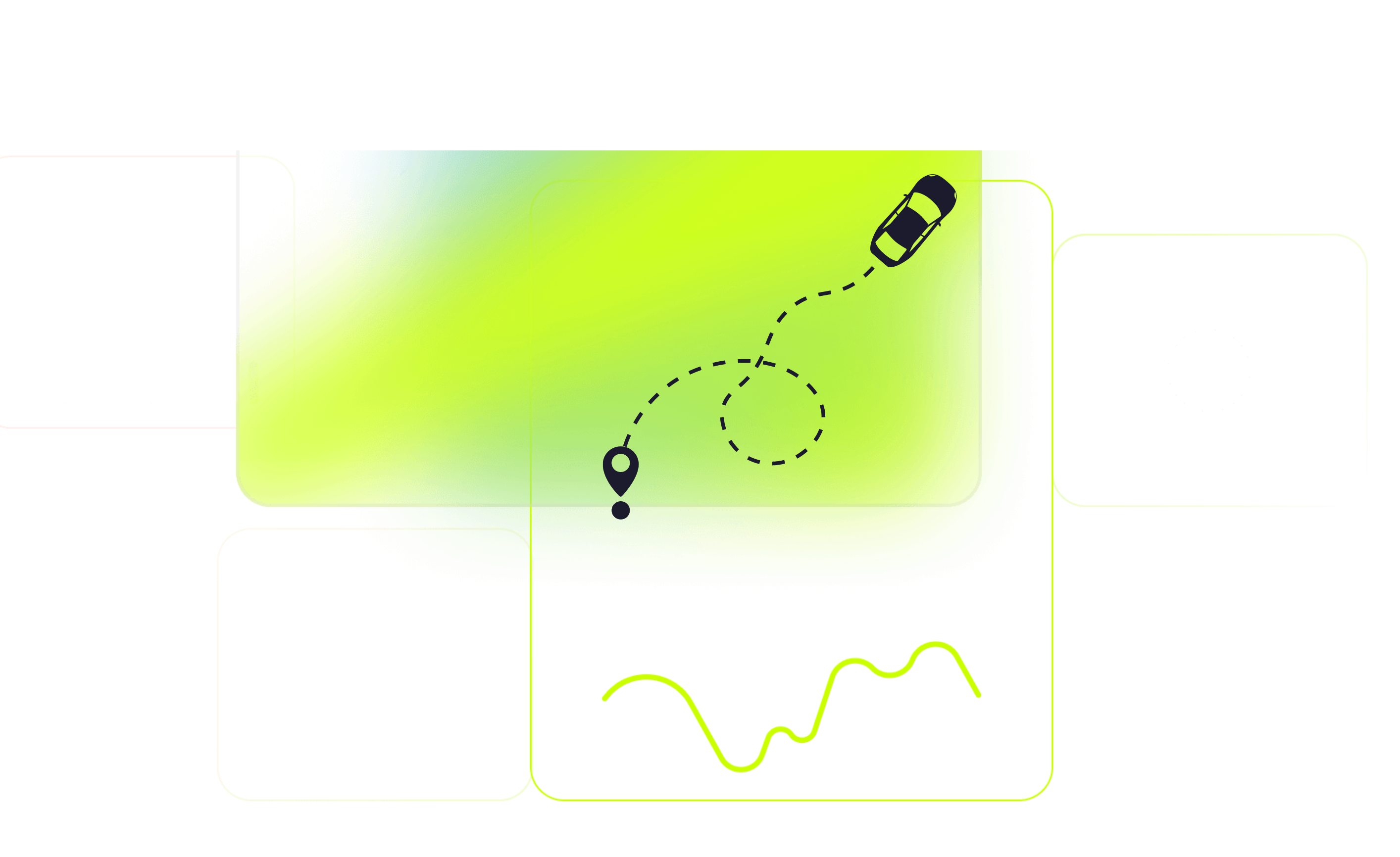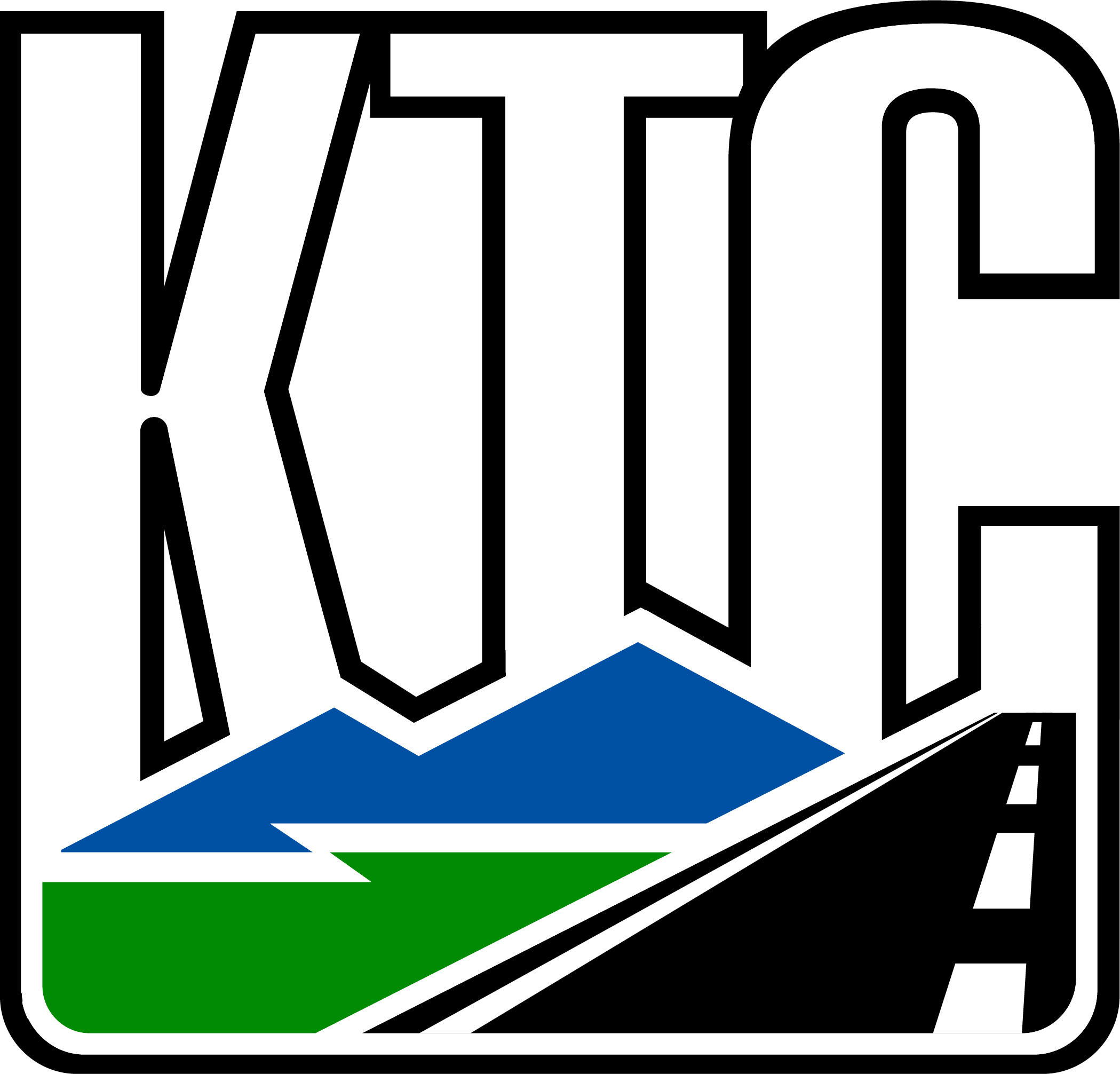Designing for Safe Mobility
A Holistic, User-Centric Approach to Roadway Design

KYTC’s Designing for Safe Mobility website houses critical knowledge roadway designers need to plan and design facilities that deliver on the promise of providing safe and efficient mobility for all users. Along with short primers on topics that inform contemporary design best practices, users can search content found in Human Factors Guidelines for Road Systems (NCRHP Report 600). The site will be refreshed often so it remains a trusted, up-do-date resource for designing safe, context-adapted facilities.
11.2 Engineering Countermeasures to Reduce Red Light Running
11.4 Restricting Right Turns on Red to Address Pedestrian Safety
11.8 Countermeasures for Improving Accessibility for Vision-Impaired Pedestrians at Signalized Intersections
12.2 Task Analysis of Driver Merging Behavior at Freeway Entrance Ramps
12.4 Reducing Wrong-Way Entries onto Freeway Exit Ramps
12.6 Driver Expectations at Freeway Lane Drops and Lane Reductions
12.12 Driver Behavioral Trends Based on Exit Ramp Geometry
12.8 Driver Information Needs at Complex Interchanges
12.10 Arrow-Per-Lane Sign Design to Support Driver Navigation
13.2 Overview of Work Zone Crashes
13.8 Changeable Message Signs
13.10 Sign Legibility
13.12 Determining Work Zone Speed Limits
14.2 Task Analysis of Rail-Highway Grade Crossings
14.4 Driver Information Needs at Passive Rail-Highway Grade Crossings
14.10 Countermeasures to Reduce Gate Rushing at Crossings with Two-Quadrant Gates
14.12 Human Factors Considerations in Traffic Control Device Selection at Rail-Highway Grade Crossings
15.2 Methods to Increase Driver Yielding at Uncontrolled Crosswalks
15.4 Methods to Increase Compliance at Uncontrolled Crosswalks
15.6 Methods to Reduce Driver Speeds in School Zones
15.8 Signage and Markings for High Occupancy Vehicle (HOV) Lanes
15.10 Sight Distance Considerations for Urban Bus Stop Locations
16.2 Passing Lanes
16.4 Countermeasures for Pavement/Shoulder Drop-Offs
16.8 Design Consistency in Rural Driving
17.2 Behavioral Framework for Speeding
17.4 Speed Perception and Driving Speed
17.6 Effects of Roadway Factors on Speed
17.8 Effects of Posted Speed Limits on Speed Decisions
17.10 Speeding Countermeasures: Setting Appropriate Speed Limits
No results found.
CONTACT:
Chris VanDyke
Research Scientist | Program Manager
chrisvandyke@uky.edu


